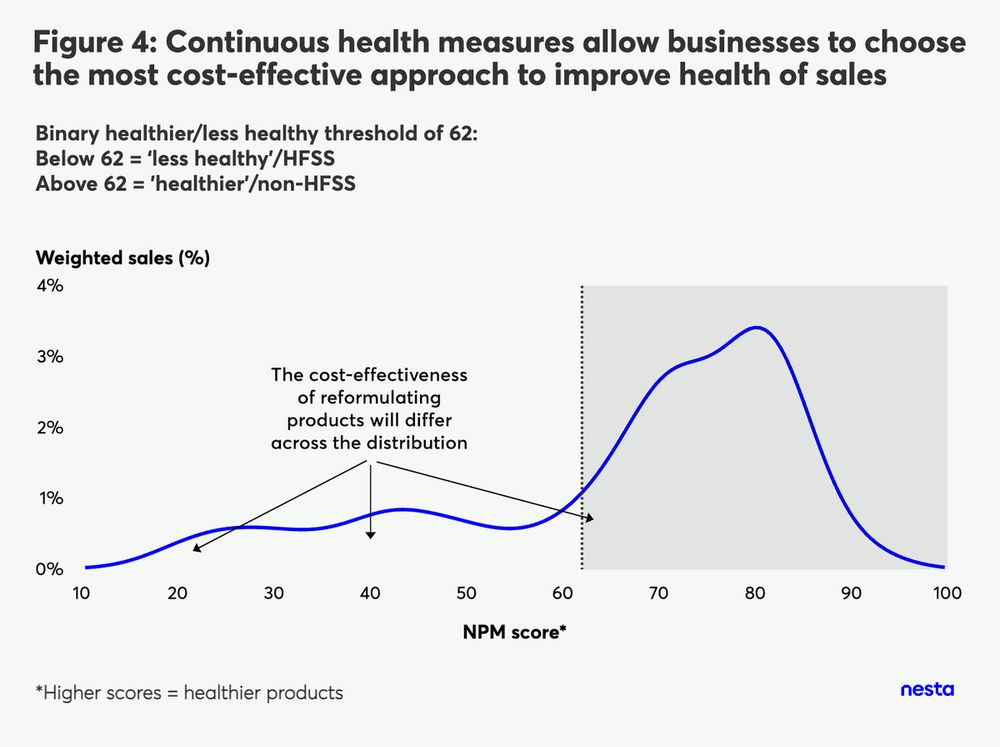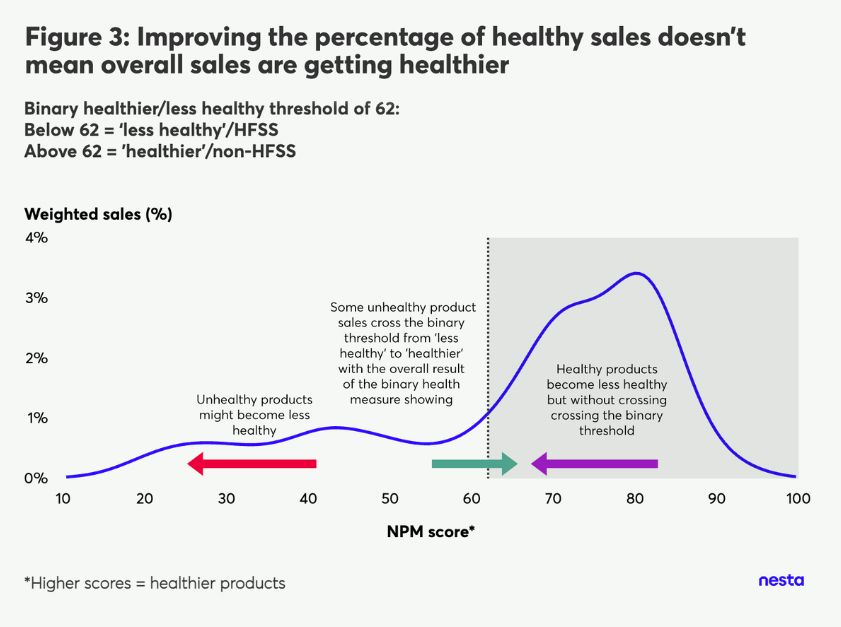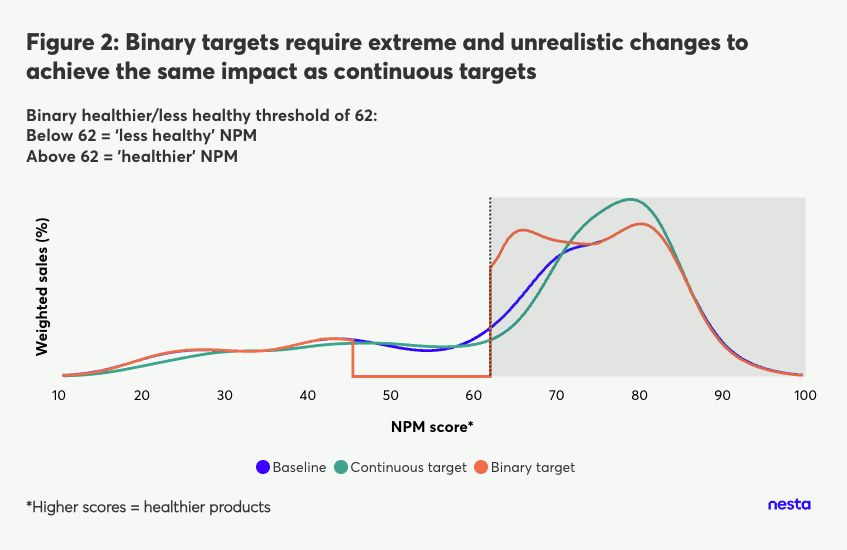To find out more check out the blog here www.nesta.org.uk/blog/how-com...
(12/12)
To find out more check out the blog here www.nesta.org.uk/blog/how-com...
(12/12)

These continuous measures are also better for business. (8/12)
These continuous measures are also better for business. (8/12)



It is time for the government to act. (6/6)
It is time for the government to act. (6/6)

